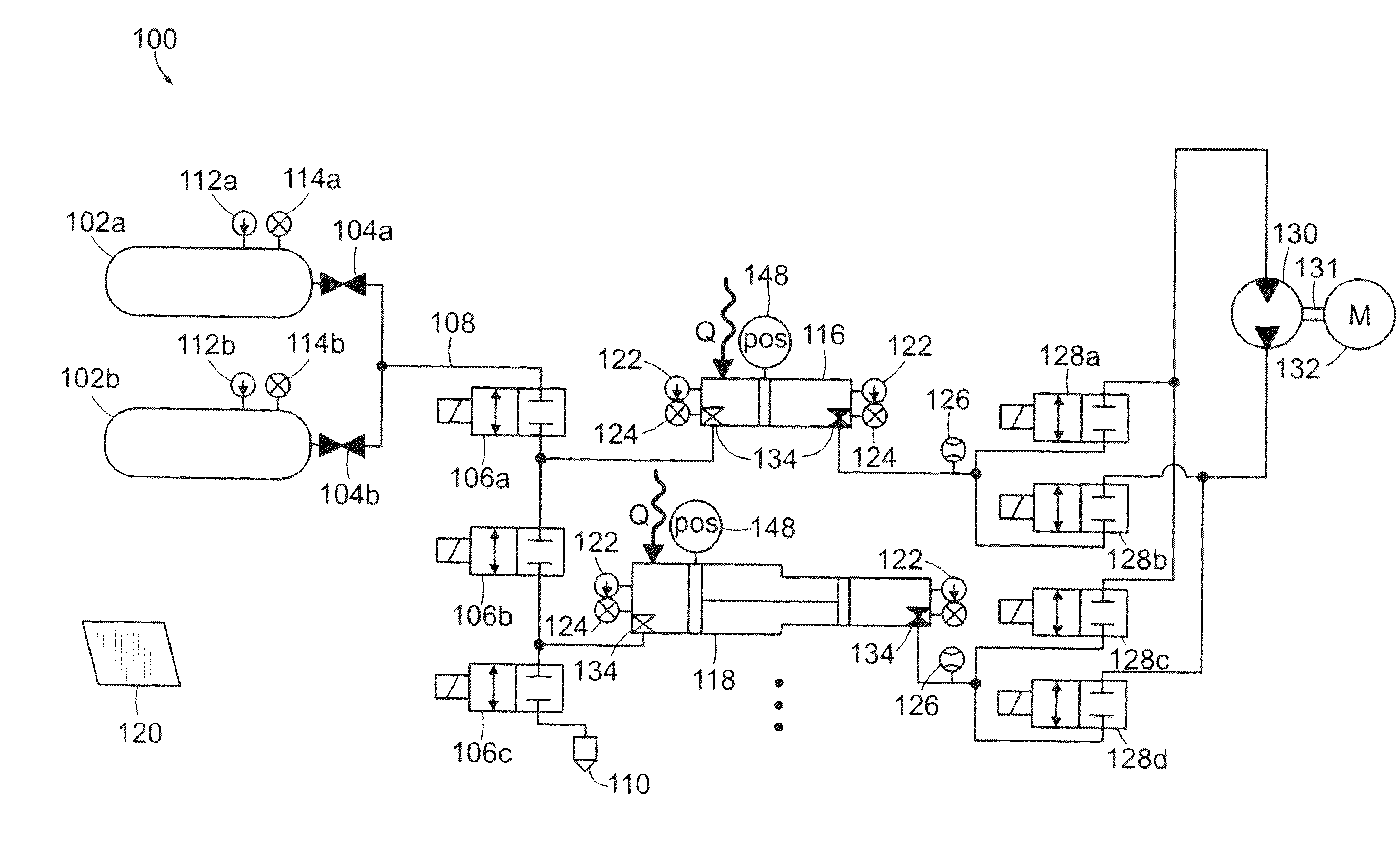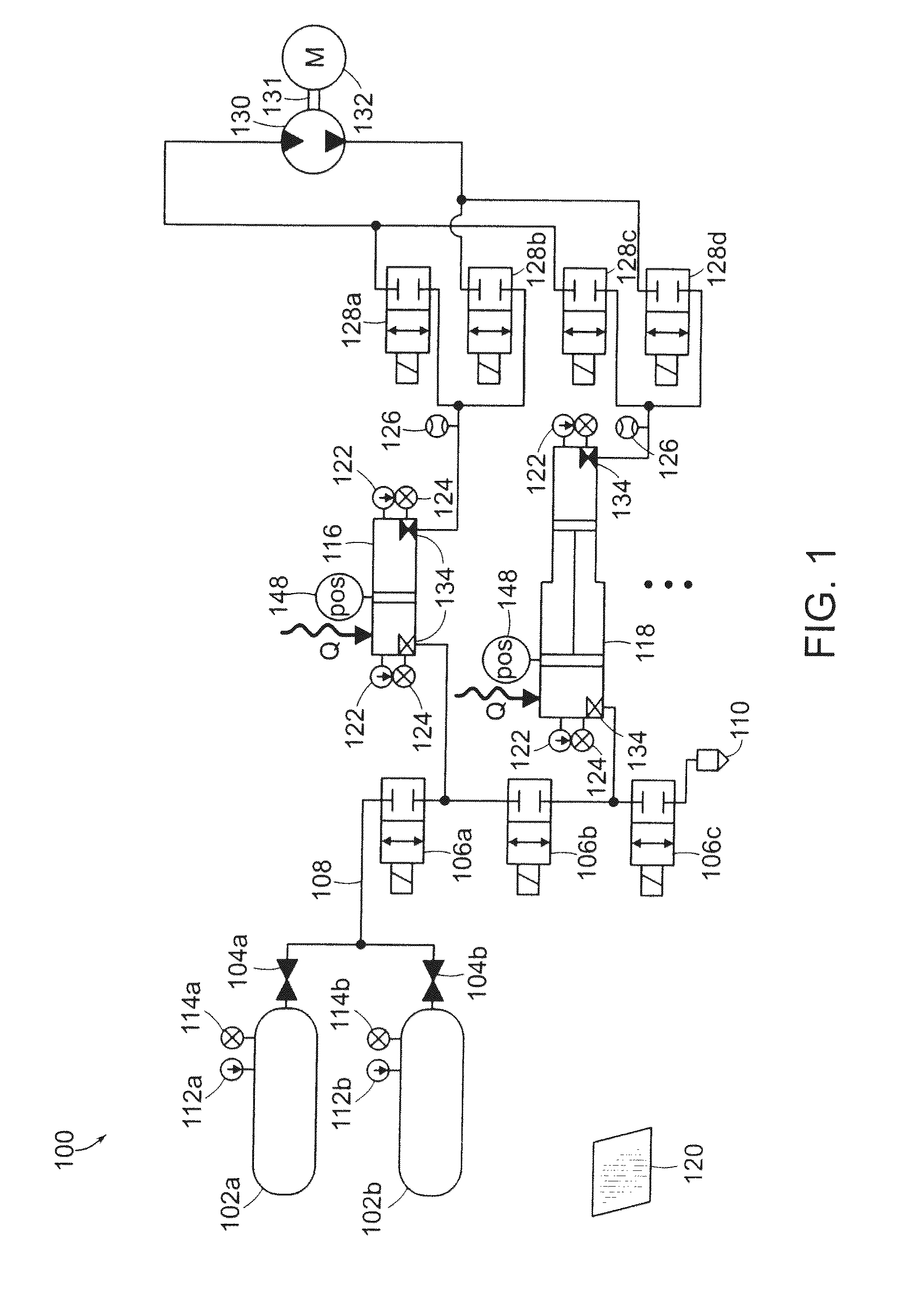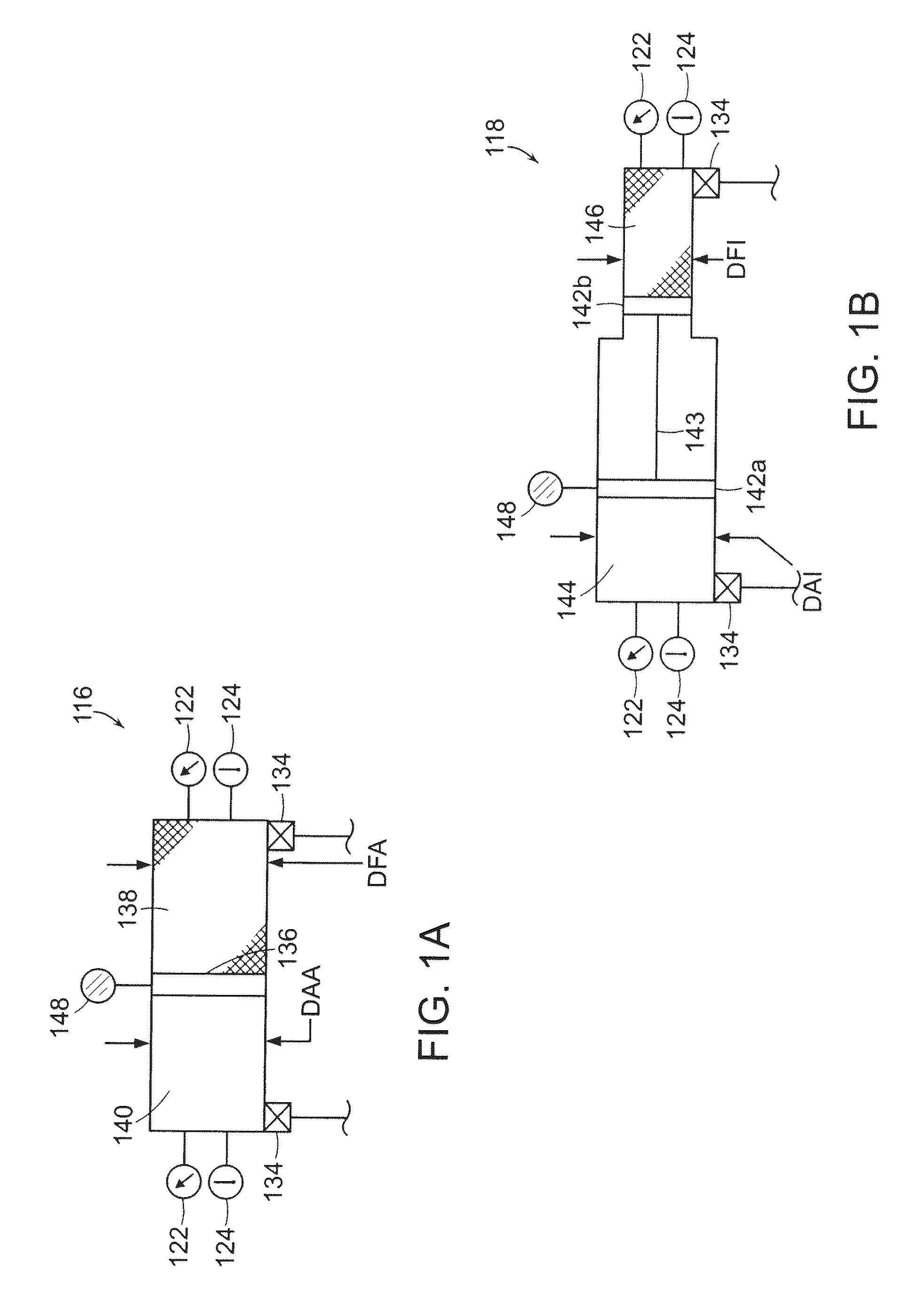In certain parts of the United States, inability to meet
peak demand has led to inadvertent brownouts and blackouts due to
system overload and deliberate “rolling blackouts” of non-essential customers to shunt the excess demand.
However, these units burn expensive fuel sources, such as
natural gas, and have high generation costs when compared with
coal-fired systems, and other large-scale generators.
The most obvious solution involves construction of new power plants, which is expensive and has environmental side effects.
In addition, because most power plants operate most efficiently when generating a relatively continuous output, the difference between peak and off-
peak demand often leads to wasteful practices during off-peak periods, such as over-lighting of outdoor areas, as power is sold at a lower rate off peak.
The array may generate well for a few hours during the day, but is nonfunctional during the remaining hours of low light or
darkness.
However, such generators are often costly, use expensive fuels, such as
natural gas or
diesel fuel, and are environmentally damaging due to their inherent
noise and emissions.
The
flywheel units are expensive to manufacture and install, however, and require a degree of costly maintenance on a regular basis.
Batteries must often be arrayed to store substantial power, and the individual batteries may have a relatively
short life (3-7 years is typical).
Ultracapacitors, while more
environmentally friendly and longer lived than batteries, are substantially more expensive, and still require periodic replacement due to the breakdown of internal dielectrics, etc.
In addition, CAES power plants are not emission-free, as the pre-
compressed air is heated up with a
fossil fuel burner before expansion.
Moreover, CAES plants are limited with respect to their effectiveness because of the loss of the compression heat through the inter-coolers, which must be compensated during expansion by fuel burning.
The fact that conventional CAES still rely on
fossil fuel consumption makes it difficult to evaluate its energy round-trip efficiency and to compare it to conventional fuel-free storage technologies.”
In general, the use of highly compressed gas as a
working fluid for the motor poses a number of challenges due to the tendency for leakage around seals at higher pressures, as well as the thermal losses encountered in
rapid expansion.
While heat exchange solutions can deal with some of these problems, efficiencies are still compromised by the need to heat compressed gas prior to expansion from
high pressure to
atmospheric pressure.
That is, the amount of compression possible is limited by the size of the tank space.
In addition, since the gas does not completely decompress when the fluid is removed, there is still additional energy in the
system that cannot be tapped.
To make a closed air
system desirable for large-scale
energy storage, many large accumulator tanks would be needed, increasing the overall cost to implement the system and requiring more land to do so.
Disadvantages of open-air systems can include gas leakage, complexity, expense and, depending on the intended deployment, potential impracticality.
As demand for
renewable energy increases, the intermittent nature of some
renewable energy sources (e.g., wind and solar) places an increasing burden on the electric grid.
An ideally adiabatic energy-storage cycle would also have 100% thermodynamic efficiency, but there are many practical disadvantages to the adiabatic approach.
These include the production of more extreme temperatures and pressures within the system, heat loss during the storage period, and inability to
exploit environmental (e.g., cogenerative) heat sources and sinks during expansion and compression, respectively.
However, the need to burn
fossil fuel (or apply another
energy source, such as
electric heating) to compensate for adiabatic expansion substantially defeats the purpose of an otherwise clean and emission-free energy-storage and
recovery process.
While it is technically possible to provide a direct heat-exchange subsystem to a hydraulic /
pneumatic cylinder, an external jacket, for example, is not particularly effective given the thick walls of the cylinder.
An internalized heat exchange subsystem could conceivably be mounted directly within the cylinder's pneumatic side; however, size limitations would reduce such a
heat exchanger's effectiveness and the task of sealing a cylinder with an added subsystem installed therein would be significant, and make the use of a conventional, commercially available component difficult or impossible.
Thus, the prior art does not disclose systems and methods for rapidly compressing and expanding gas isothermally in a manner that allows maximum use of conventional, low-cost components, and which operates in a commercially practicable yet
environmentally friendly manner.
 Login to View More
Login to View More  Login to View More
Login to View More 


